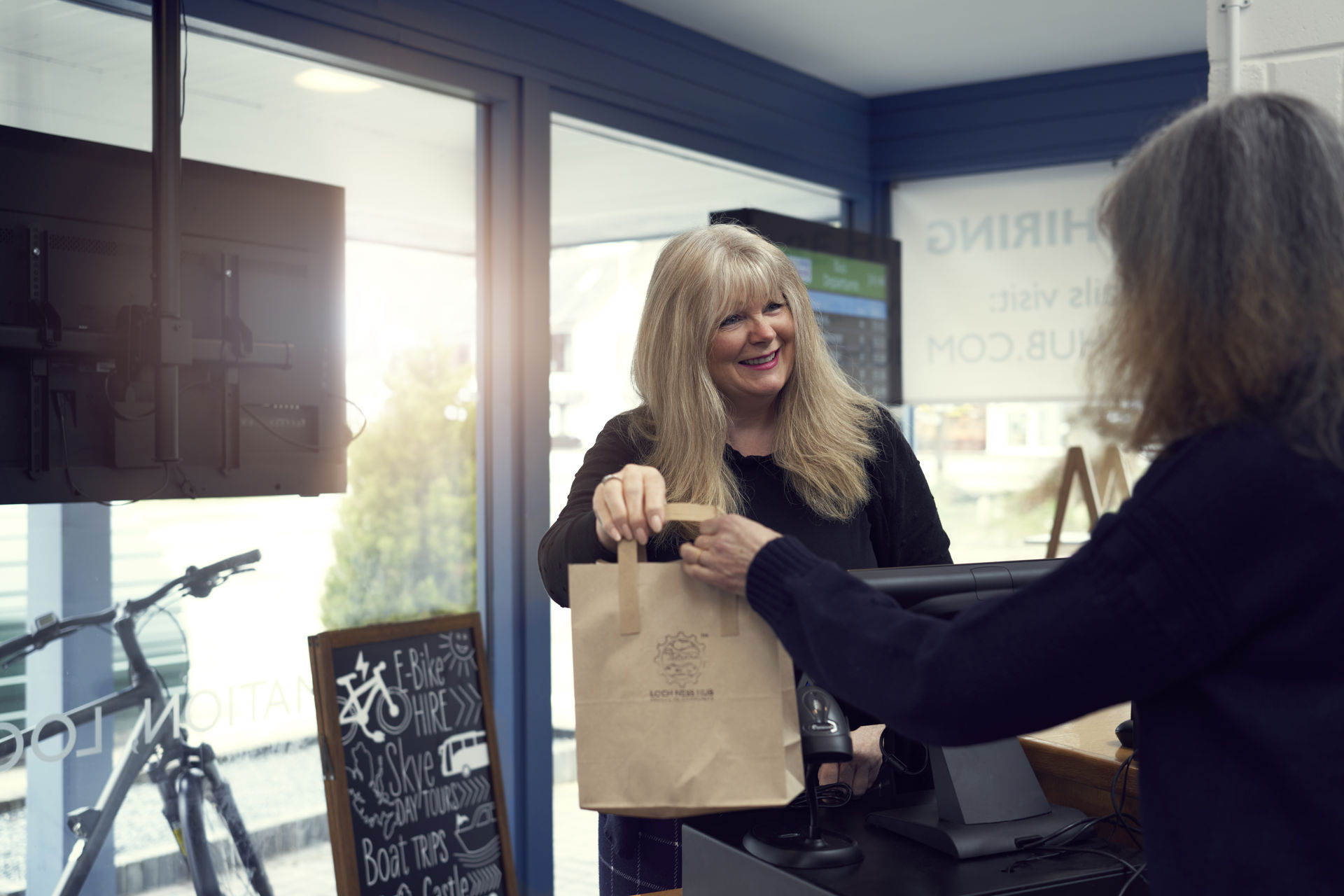As conversations around tourist taxes or visitor levies intensify across Great Britain, it is crucial we explore their role within rural and island economies, impacting small-micro enterprises — particularly where tourism is seasonal and deeply tied to place.
Understanding the Context: Not One-Size-Fits-All
While globally, visitor levies have been positioned as tools to manage over-tourism and reinvest in tourism infrastructure, in lower-volume destinations like many parts of rural Scotland, it is a delicate balance.
These are places where:
• Businesses are small/micro, family or community-run
• Jobs are often seasonal and lower-paid
• Infrastructure is stretched or outdated
At SCOTO, we believe that tourism is not simply a means to an end — it’s a tool that, when done right, can strengthen the fabric of local life. Within our local communities, tourism isn’t just about attracting visitors or driving economic output; it’s about sustaining the places we call home. That means protecting livelihoods, celebrating culture and language, and ensuring that tourism activity reinforces — rather than erodes — a sense of belonging. When communities have ownership and agency in how tourism develops, it becomes part of a wider story of local pride, resilience, and renewal.
What Research Tells Us
The United Nations World Tourism Organisation, UNWTO recognises the complexity of tourism taxation and calls for destination-specific models that balance visitor contributions with local capacity and community needs. Meanwhile, the Global Sustainable Tourism Council (GSTC) criteria highlight the importance of: Community engagement, Cultural sensitivity, Environmental protection, Fair economic return
In practice, this means that any visitor levy should go hand-in-hand with a clear, transparent, and locally accountable mechanism for reinvestment — ideally into projects that benefit both residents and visitors: "Happy places to visit must first be happy places to live and work!" Natasha Hutchinson, SCOTO Conference 2023, Kingussie
The Case for Regenerative Tourism
Rather than simply sustaining the status quo, regenerative tourism asks us to go further — to actively restore and revitalise places and communities through tourism. This aligns with the ethos of both SCOTO (Scotland’s Community Tourism Network) and UNESCO Biosphere Reserves.
Business Viability and Community Equity
It’s essential we shift the narrative from tourism as an extractive industry to one that enables mutual benefit. In rural and island settings, this means:
• Building resilient year-round economies
• Providing a framework for micro-businesses and community ventures to thrive
• Encouraging collaborative marketing that reflects the distinctiveness of place
• Ensuring tourism income contributes to community infrastructure, heritage and environment
A levy alone cannot achieve this — but if aligned with local development plans and shaped by community voices, it can be part of a broader transition to values-led, community-first tourism.
Respecting Culture and Traditions
Regenerative models must also honour the cultural rhythms, identities and languages of rural and island communities. Imposing tourism development or policies without this understanding risks deepening divides and eroding the very uniqueness that attracts visitors in the first place.
Let’s ensure that tourism:
• Celebrates local culture rather than commodifying it
• Is defined by place and its communities
• Listens to lived experience and intergenerational knowledge
A Levy that Works For Communities in our Places
In conclusion, the visitor levy conversation must move beyond revenue generation to what kind of tourism we want to nurture — one that:
• Supports business stability and fair work
• Reinvests in community wellbeing
• Encourages stewardship and place-based leadership
• Protects and regenerates natural and cultural capital
Tourism can bring people together — but only when done with care and respect.
A levy, if thoughtfully shaped, could support a community-first approach to tourism — one that invests in local priorities, protects natural and cultural assets, and gives back more than it takes.
This is not about saying “no” to levies — but about designing them with care, grounded in local realities and global principles. Let’s use these moments to put those values at the heart of how we welcome visitors.
At SCOTO, we believe tourism can and should work for the people who call these places home. We’re here to share what’s working — and to help shape what comes next.
SCOTO Director Melanie Allen

